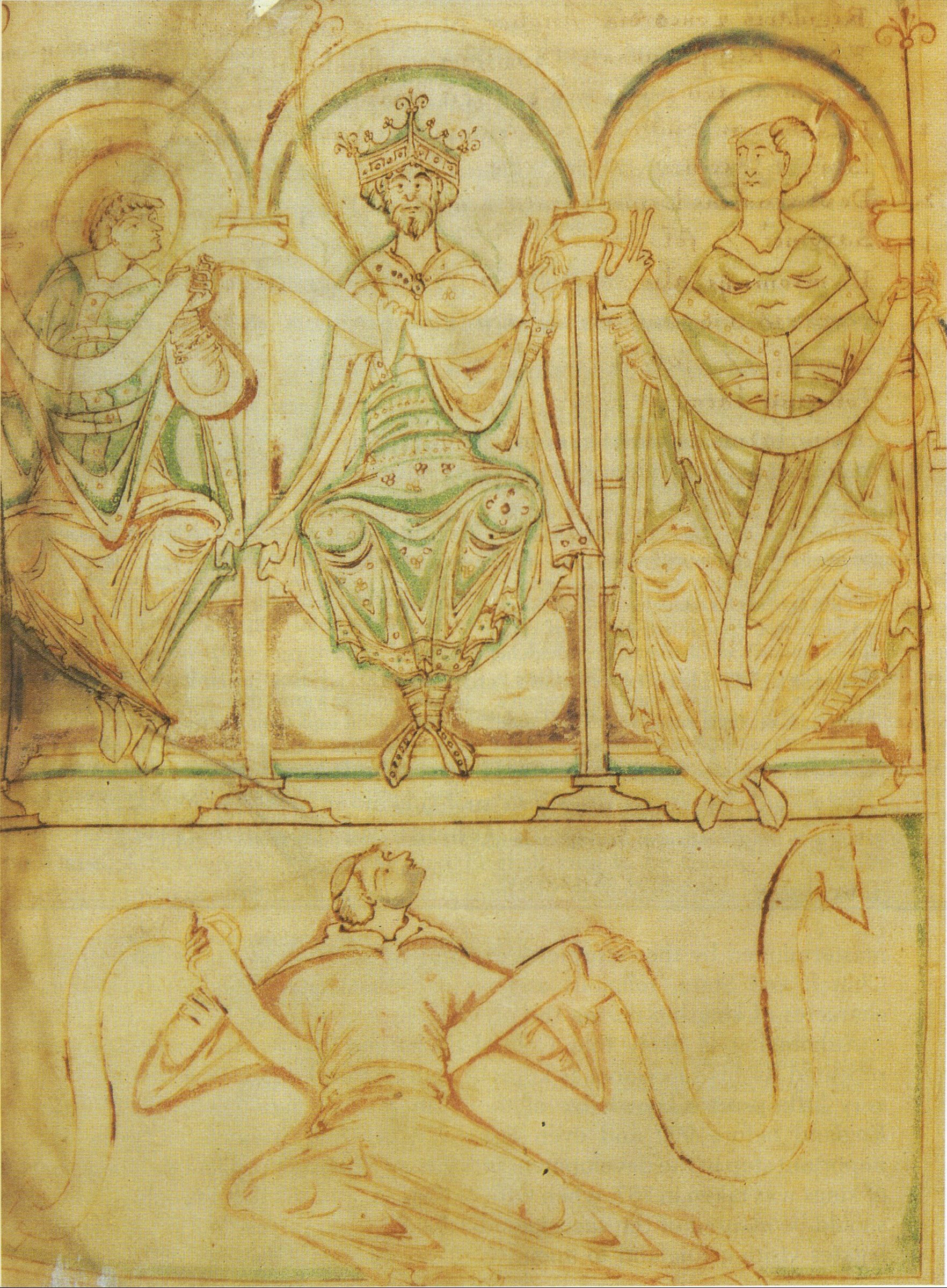|
Clan Leslie
Clan Leslie is a Lowland Scottish clan. The progenitor of the Clan, Bartolf'','' was a nobleman from Hungary, who came to Scotland in 1067. He built a castle at Lesselyn, from which the clan name derives. Clan Chief, the Earl of Rothes From 1457 the Clan Chief of Clan Leslie also held the position of Earl of Rothes. The Chief is currently the Hon. Alexander Leslie, the brother of James Malcolm David Leslie, 22nd Earl of Rothes (born 1958). History Origins The first Leslie in Aberdeenshire was Alexander who was appointed Constable of the Bass of Inverurie in 1080 on behalf of the king, his brother-in-law.Clan Leslie Origins Clan Leslie Society Australia & New Zealand. The progenitor of the Clan Leslie is a man named ''Bartolf'' who was a nobleman from |
|
|
Scottish Lowlands
The Lowlands ( sco, Lallans or ; gd, a' Ghalldachd, , place of the foreigners, ) is a cultural and historical region of Scotland. Culturally, the Lowlands and the Highlands diverged from the Late Middle Ages into the modern period, when Lowland Scots replaced Scottish Gaelic throughout most of the Lowlands. Geography The Lowlands is not an official geographical or administrative area of the country. There are two main topographic regions: the Lowlands and the Southern Uplands. The term "Lowlands" mainly refers to the Central Lowlands. However, in normal usage it refers to those parts of Scotland not in the Highlands (or Gàidhealtachd). The boundary is usually considered to be a line between Stonehaven and Helensburgh (on the Firth of Clyde). The Lowlands lie south and east of the line. Note that some parts of the Lowlands (such as the Southern Uplands) are not physically "low," Merrick for example reaching , while some areas indisputably in the Highlands (such a ... [...More Info...] [...Related Items...] OR: [Wikipedia] [Google] [Baidu] |
|
 |
Edgar The Ætheling
Edgar is a commonly used English given name, from an Anglo-Saxon name ''Eadgar'' (composed of '' ead'' "rich, prosperous" and '' gar'' "spear"). Like most Anglo-Saxon names, it fell out of use by the later medieval period; it was, however, revived in the 18th century, and was popularised by its use for a character in Sir Walter Scott's ''The Bride of Lammermoor'' (1819). People with the given name * Edgar the Peaceful (942–975), king of England * Edgar the Ætheling (c. 1051 – c. 1126), last member of the Anglo-Saxon royal house of England * Edgar of Scotland (1074–1107), king of Scotland * Edgar Angara, Filipino lawyer * Edgar Barrier, American actor * Edgar Baumann, Paraguayan javelin thrower * Edgar Bergen, American actor, radio performer, ventriloquist * Edgar Berlanga, American boxer * Edgar H. Brown, American mathematician * Edgar Buchanan, American actor * Edgar Rice Burroughs, American author, creator of ''Tarzan'' * Edgar Cantero, Spanish author in Cat ... [...More Info...] [...Related Items...] OR: [Wikipedia] [Google] [Baidu] |